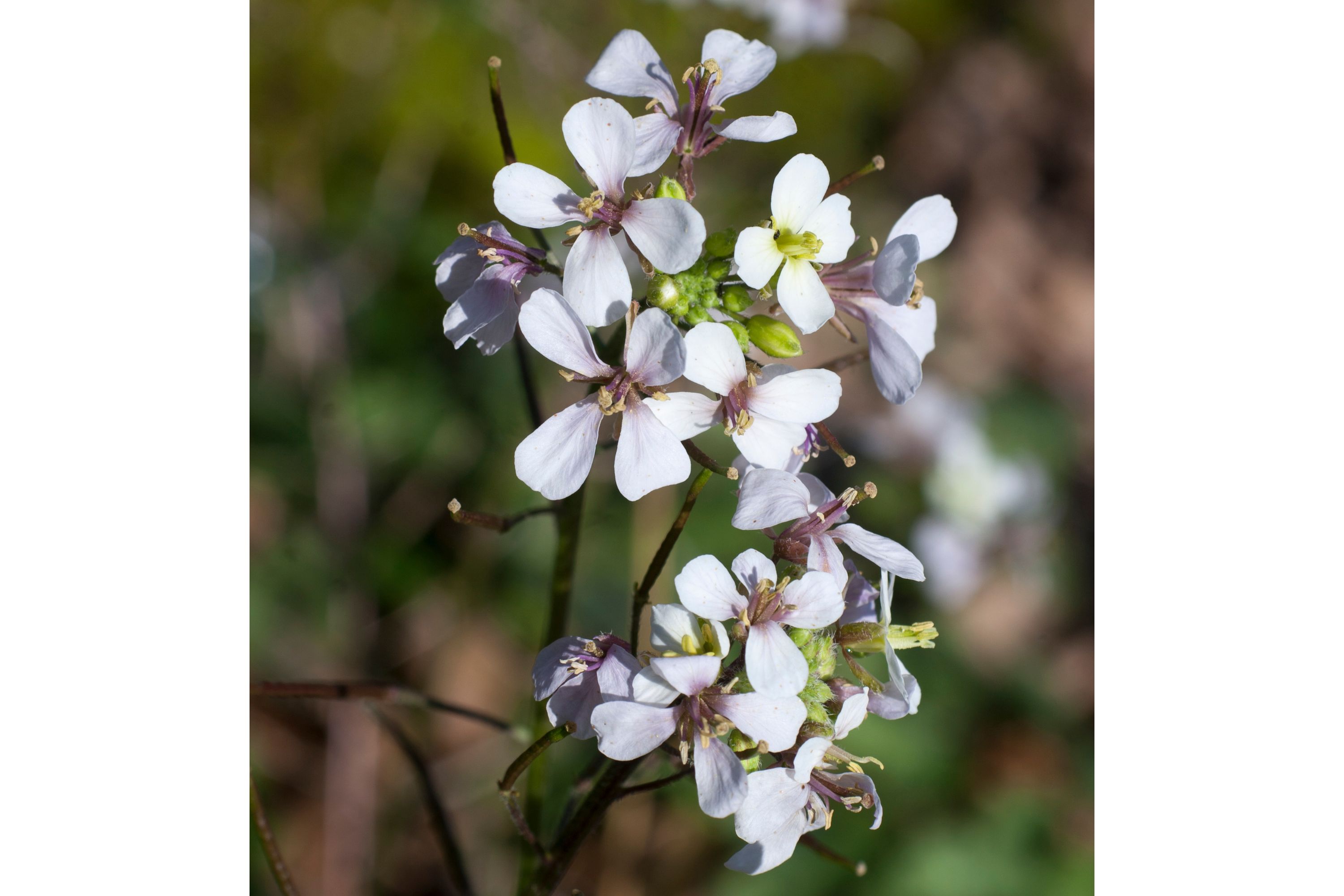Hairy bittercress
(Cardamine hirsuta)

Description
Cardamine hirsuta, commonly called hairy bittercress, is an annual or biennial species of plant in the family Brassicaceae, and is edible as a salad green. It is common in moist areas around the world. Depending on the climate C. hirsuta may complete two generations in a year, one in the spring and one in the fall; also depending on the climate, the seeds may germinate in the fall and the plants may remain green throughout the winter before flowering in the spring. It often grows a rosette of leaves at the base of the stem, while there may be leaves on the upright stem, most of the leaves will be part of the basal rosette. The leaves in this rosette are pinnately divided into 8-15 leaflets which have short stems connecting them to the petiole. These basal leaves are often 3.5–15 cm long. The leaflets are round to ovate in shape and may have smooth or dentate edges. The leaflet at the tip of the leaf (terminal leaflet) will be larger than the other leaflets and round to reniform in shape. The cauline (attached to the upright stem) leaves are also pinnately divided, with fewer leaflets, and generally smaller than the basal leaves; these leaves will be borne on a petiole and are 1.2-5.5 cm long. The stems, petioles, and upper surfaces of the cauline leaves are sparsely hairy. Plants of this species are usually erect and grow to no more than about 30 centimetres (12 in) from a stem which is either unbranched or branched near the base.The small white flowers are borne in a raceme without any bracts, soon followed by the seeds and often continuing to flower as the first seeds ripen. The flowers have (4) white petals (which may be lacking but are mostly present) which are 1.5-4.5 mm long and spatulate shaped. The flowers also and have (4) stamens of equal height instead of the 6 which are found in most closely related plants. Pollens are elongated, approximately 32 microns in length. Below the flowers there are 4 sepals which are oblong shaped and 1.5-2.5 mm long and 0.3-0.7 mm wide. The seeds are borne in upright pointing siliquae which are straight and 1.5-2.5 cm long and 1-1.4mm in diameter. When the fruit is ripe the valves on the siliquae will coil tightly from the bottom to the top after being touched and burst explosively, sending the seeds flying far from the parent plant. This seed dispersal strategy is referred to as ballochory and is a type of rapid plant movement.
Taxonomic tree:







